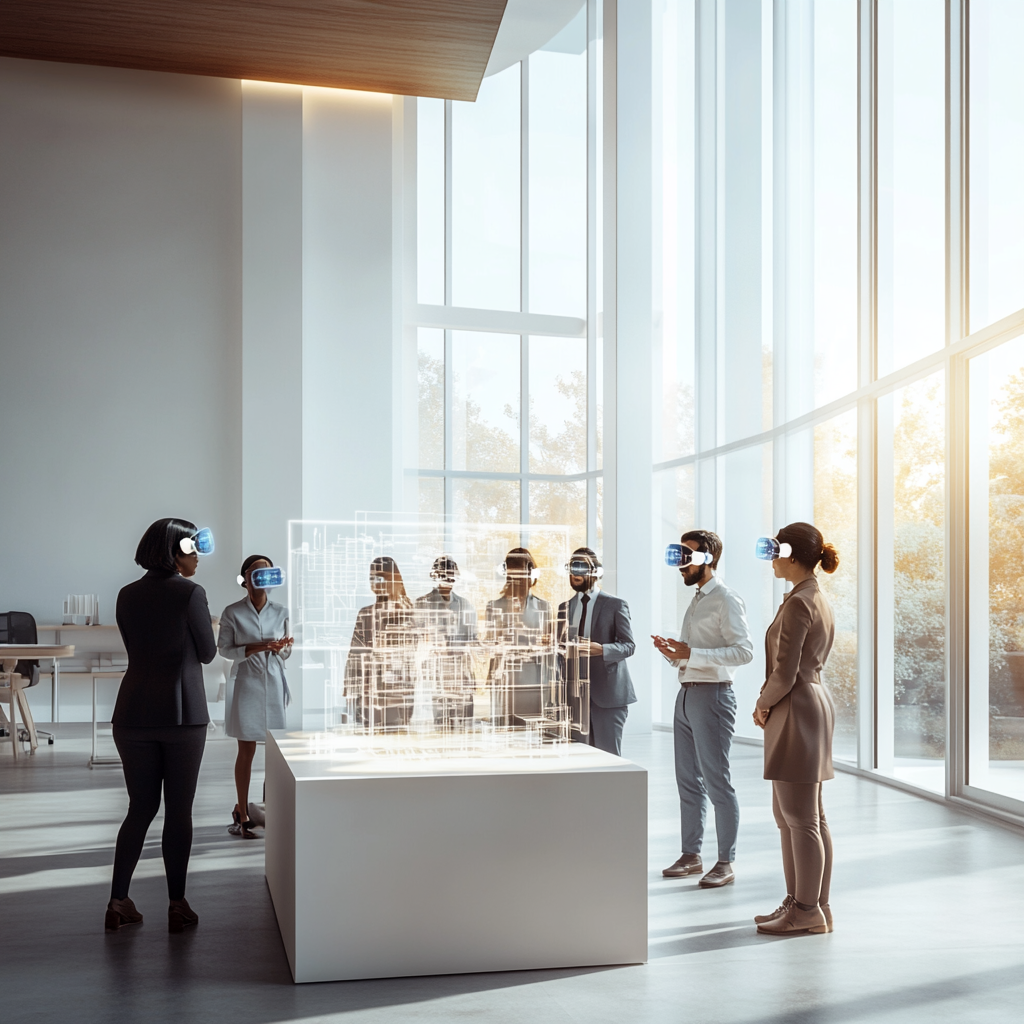QuarkXR Framework Partner Showcase: SenseGlove

We’ve been talking about our Framework for some time now and dozens of developers have already signed up through our form. This is why we decided it’s time to shed some light on a few of the numerous use cases of QuarkXR framework. And what better way than through examples?
QuarkXR Framework is already fulfilling its potential in several projects. Today, we’d like you to meet one of our partners in this effort: SenseGlove!
The Collaboration
We were fortunate enough to cooperate with SenseGlove’s team on enabling haptics for mobile XR with the highest possible fidelity and optimal user experience. Mobile XR headsets like Vive Focus offer great standalone experience, but with a haptic glove and content being rendered on the Cloud and then streamed to the HMD, the immersion and visual fidelity get a significant boost.
When we say this, we don’t just share our personal opinions. It was tested by a vast number of people during Deutsche Telekom’s 5G Ecosystem Summit at the ‘hubraum’ incubator in Berlin. Said incubator was the first place where we had the opportunity to field-test the QuarkXR Framework, and collaborate with amazing teams like SenseGlove, Innoactive, and Deutsche Telekom themselves.

Pictured above (left to right): Krasi Nikolov (CEO & Co-Founder of QuarkXR), Daniel Seidl (CEO & Founder of Innoactive), and Gijs den Butter (CEO & Co-Founder of SenseGlove) at the 2019 5G Ecosystem Summit.
During these sessions, we were able to demonstrate the benefits of combining Cloud XR and haptics, especially in the field of the heavy industries and automotive. Remote control of specialized machinery is another great use case for SenseGlove and Cloud XR streaming.
In a different scenario related to military virtual training, QuarkXR Framework and SenseGlove demonstrated great potential for multiuser and multi-environment experience – something that was close to impossible with the technologies currently on the market.

About
SenseGlove originates from the graduation project of its two founders, Johannes Luijten and Gijs den Butter, at the Delft University of Technology. Within these graduation projects the core technology of SenseGlove was developed. However, the initial purpose of the developed glove was to enhance post-stroke rehabilitation. SenseGlove was born in 2017 when the first haptic VR use-case was made. By adding touch, SenseGlove enables natural interactions in spatial computing, resulting in a new digital reality, accessible for every professional.
In the meantime, submissions for our Framework are still open. If you’re a developer in the field of VR/AR/MR (a.k.a. XR), make sure you contact us through this page.
Let’s build the new realities together!
Subscribe to our newsletter




